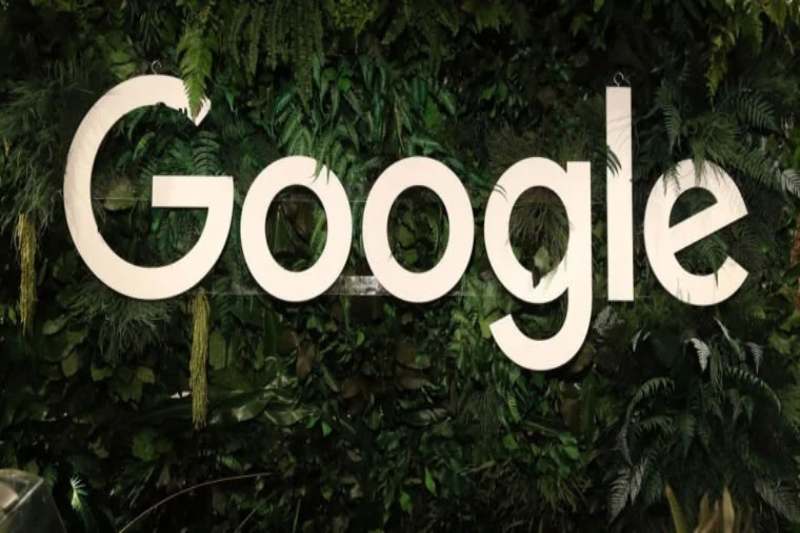Google is attempting to conceptualize itself as a generative AI startup. Google employees are rushing to come up with AI features and ideas in response to the “code red” that was called in response to ChatGPT. After all of that work is finished, Google may try to “optimize” the business by using some of its new AI capabilities. How much of Google’s, uh, natural intelligence is necessary when artificial intelligence is the newest thing?
According to a report at The Information, AI may already be replacing workers at Google. Google plans to “consolidate staff, including through possible layoffs, by reassigning employees at its large customer sales unit who oversee relationships with major advertisers,” according to a report citing people briefed on the plans. The report claims that the jobs are being eliminated due to automation by Google’s new AI tools. According to the report, last week’s department-wide Google Ads meeting appeared to have already announced a future reorganization.
Google unveiled a “new era of AI-powered ads” in May, which included a “natural-language conversational experience within Google Ads, designed to jump-start campaign creation and simplify Search ads.” By scanning your website, Google’s new artificial intelligence (AI) technology is able to “generate relevant and effective keywords, headlines, descriptions, images, and other assets,” essentially turning the Google Ads chatbot into a hybrid of a designer and a salesperson.
Following May’s announcement, one advertising tool, Google’s Performance Max (or “PMax” for short), received a boost from generative AI and is now able to “create custom assets and scale them in a few clicks.” Initially, it assists advertisers in determining whether to place their ads in third-party sites’ banner ads or in YouTube, Search, Discover, Gmail, and Maps. Thanks to generative AI, which can search your website for content, it can then simply create the advertisement content. (For the time being, content is still approved by a human advertiser.) It’s called “Performance Max” because the machines continue to have complete control over how your ad is presented. They can continuously remix your ads in real time based on feedback from click-through rates. According to Google’s official description, “Assets are automatically mixed and matched to find the top performing combinations based on which Google Ads channel your ad is appearing on.”
No one would have the time to perform A/B testing and real-time ad changes with click-through-rate validation. Furthermore, hiring a human to perform this much work would be absurd, so using AI to track the effectiveness of your ads seems like a wise move. Another advantage of using AI for this task is mentioned in the report: “The ad revenue carries a high-profit margin because these tools carry relatively few expenses and don’t require much employee attention.”
According to the Information, “A growing number of advertisers have adopted PMax since [launch], eliminating the need for some employees who specialized in selling ads for a particular Google service, like search, working together to design ad campaigns for big customers.”
A significant portion of Google’s 30,000-person ad division, or roughly 13,500 employees, were reportedly dedicated to this type of sales work as of a year ago, according to the report. Not every one of these 13,500 employees will be impacted, and those who are may not even be let go; instead, they may be moved to different departments within Google. “Some employees expect the changes to be announced next month,” the report states.


 Entertainment4 weeks ago
Entertainment4 weeks ago
 Entertainment4 weeks ago
Entertainment4 weeks ago
 Entertainment4 weeks ago
Entertainment4 weeks ago
 Entertainment4 weeks ago
Entertainment4 weeks ago
 Entertainment4 weeks ago
Entertainment4 weeks ago
 Entertainment4 weeks ago
Entertainment4 weeks ago
 Entertainment4 weeks ago
Entertainment4 weeks ago
 Entertainment2 weeks ago
Entertainment2 weeks ago












